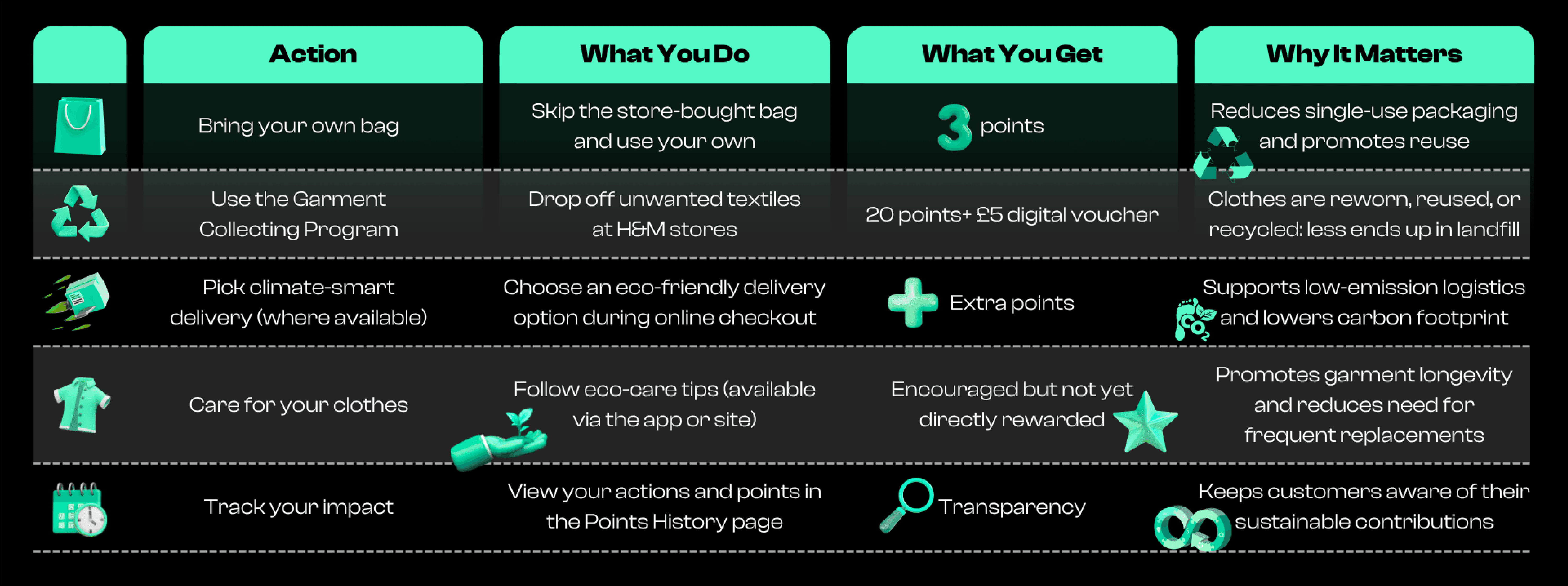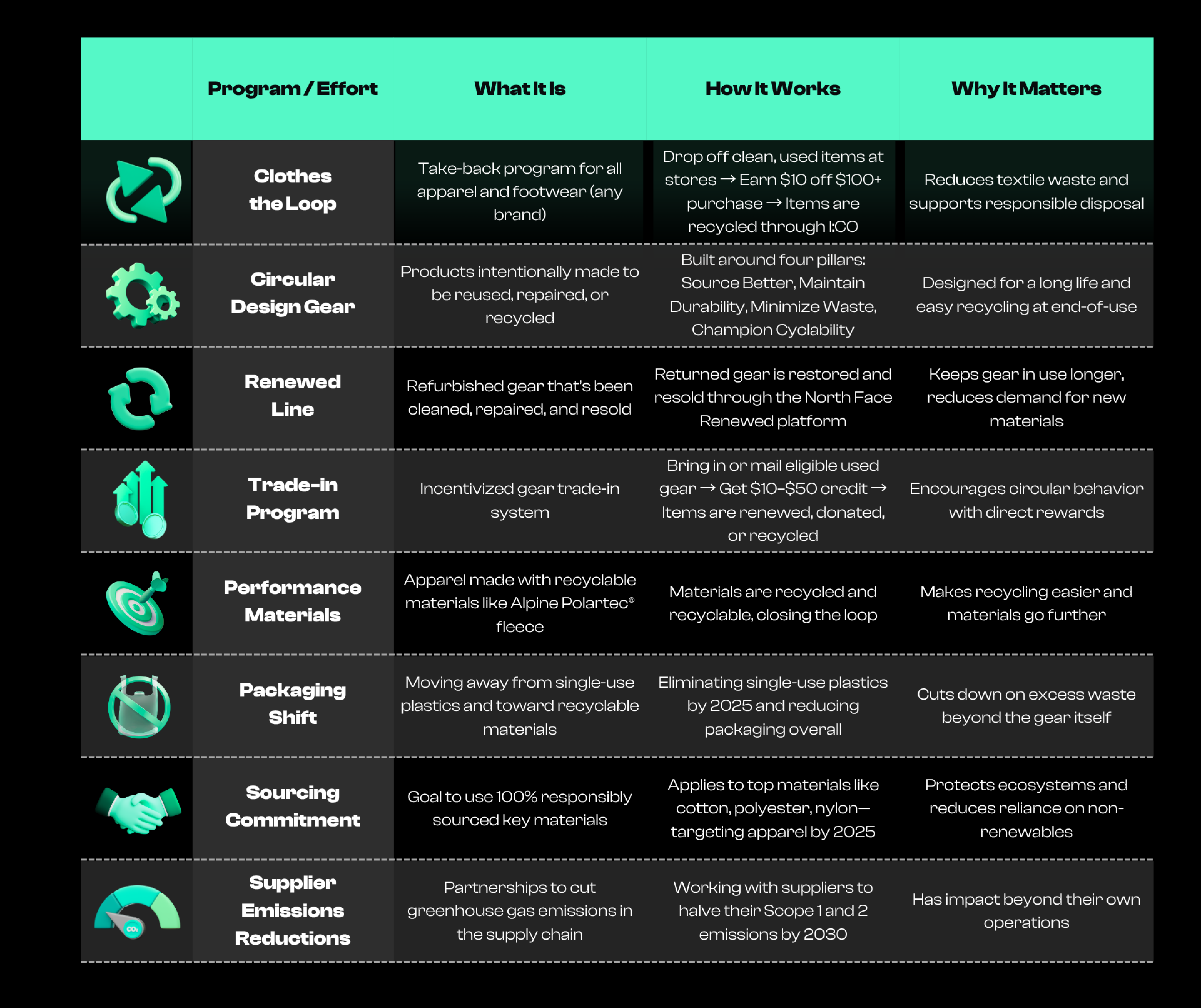Gen Z isn’t just the most digitally connected generation, they’re the most values-driven. According to Gartner, 75% of Gen Z consumers choose brands that actively support causes they care about. For them, loyalty isn't just about perks—it’s packed with purpose.
They expect more than just points and discounts. They seek sustainable, transparent, and impactful loyalty experiences that align with their worldview. With 62% of Gen Z shoppers preferring sustainable brands and 73% willing to pay extra for eco-conscious products, brands that don’t speak this language risk losing their most influential audience.
But this is more than a trend—it’s a turning point. In this article, we’ll explore:
- How Gen Z defines loyalty through sustainable action
- Why traditional, points-only programs are falling short
- Practical ways to build purpose-driven, circular loyalty programs that resonate
- How Kaizen’s loyalty platform helps brands weave sustainability into every customer touchpoint
Loyalty for Gen Z isn’t just transactional, it’s transformative. Let’s talk food for thought.
Loyalty with a Conscience: What Gen Z Actually Wants
For this generation, loyalty is built around values. They expect brands to take responsibility for their impact and to demonstrate it clearly. That’s why transparency is a key expectation. It’s not enough to say a product is sustainable. They want to see proof.
For example, showing a brand’s carbon footprint or environmental score matters more than vague promises or slogans.
Another important shift is how Gen Z responds to actions over aesthetics. They can tell when a brand is only doing something for appearances. Marketing campaigns that talk about sustainability without real change behind them tend to lose credibility quickly.

Gen Z looks for progress on ESG goals, especially when that progress is measurable and consistent. It's not about perfect scores; it's about making an honest effort and showing the results.
They also care about being part of something. Gen Z expects to be included in the process, not just treated as a target audience.
- Brands that invite feedback,
- Involve them in campaigns,
- or let them co-create rewards are more likely to earn long-term trust.
Loyalty among Gen Z is personal and largely centred on aligning with a brand’s mission and values, as well as having a role in shaping that story.
Research shows that 65% of Gen Z believe brands should publicly stand for causes, up from just over 50% a few years ago. This means that, for Gen Z, loyalty starts with shared values and grows with accountability.
The Cost of Getting It Wrong is Heavier Than You Think
Sustainability may be good for several reasons. But for Gen Z, your words need to be supported with actions. If you get it wrong? Your loyalty program will take the hit!

Cancel culture is real.
Gen Z has grown up with platforms that enable instant and widespread public accountability. A single misstep, especially one related to sustainability or ethics, can quickly escalate into a viral backlash.
One TikTok is all it takes.
A poorly handled campaign or product claim can be dismantled in seconds online. According to Forbes (2024), 74% of Gen Z say social media plays a major role in how they judge a brand’s values.
Trust is hard to win back.
Gen Z is more forgiving of honest mistakes than performative apologies. But once trust is broken, especially around greenwashing or unethical behaviour, loyalty is hard to rebuild.
Brand misreads can cost more than PR points.
When a brand “misses the room,” it can affect reputation, sales, and long-term engagement. Think of brands that launched sustainability campaigns with no real action behind them—Gen Z notices, and they don’t forget.
How to Design Circular Loyalty Programs(That Gen Z Will Actually Join)
Designing circular loyalty programs means moving past the usual discounts and points. Sustainable loyalty is the future because it connects with what Gen Z truly cares about: doing good while feeling valued.

Move Beyond Coupon Codes, Help the Planet be Better
Instead of just giving away coupons, brands can offer practical rewards like repair services. This means if a product breaks or wears out, customers get help fixing it, which extends the product’s life and reduces waste.
Similarly, resale credits encourage customers to sell or trade their used items instead of tossing them. Upcycled rewards—like products made from recycled materials—also show a commitment to sustainability while giving something unique and meaningful in return.
Activate Customer Conscience: Change for Better
Closing the loop is another key step. This means actively encouraging customers to return, recycle, or donate old products.
When brands create easy ways to bring products back, they reduce landfill waste and promote a circular economy.
It’s a simple but powerful way to involve customers in sustainability beyond just buying.
Use Gamification to Captivate Interest
Adding a bit of fun through gamification can make a big difference. By allowing users to track their eco-impact, such as the amount of waste they’ve helped reduce or the number of products they’ve recycled, brands transform sustainability into an interactive, rewarding experience. Sharing these achievements on social media also builds community and encourages others to join in, making sustainability a shared goal.
Be Transparent with Your Audience
Finally, transparency acts like currency in these programs.
Customers want to see real data on the impact they’re making. Including clear, easy-to-understand environmental metrics on loyalty dashboards builds trust and keeps users engaged.
When customers can track exactly how their actions contribute to sustainability goals, they feel more connected to the brand and motivated to keep participating.
Real-Life Examples from Big Brands: Circular & Sustainable Loyalty Works!
H&M: Circular Fashion Exists with Loyalty
If someone said H&M, one of the biggest fast-fashion companies in the European region, will turn to sustainability, we would have laughed. But it’s happening right now as we speak. What does H&M’s sustainable loyalty & circular fashion look like? Let’s take a closer look!
Their approach centres on rewarding mindful behaviour, not just shopping more, but shopping better. Every action taken before, during, and after a purchase counts. From bringing your bag to choosing low-impact delivery options, H&M is creating a system where loyalty means making responsible choices.

Clothes The Loop with The North Face
The North Face isn’t just built for the outdoors—it’s built with the outdoors in mind. Their approach to sustainability is layered: reduce, reuse, repair, and recycle. Circularity isn’t just a nice idea—it’s how they’re actively changing how outdoor gear is made, used, and reused. One of the key components of this effort is their “Clothes the Loop” program, which transforms unwanted gear into new possibilities.
The idea is straightforward. You bring in used clothing or footwear, any brand, any condition (as long as it’s clean and dry), to a North Face store, drop it in the bin, and earn a small reward toward your next purchase.

Clothes the Loop is just part of a broader sustainability vision. They’re also working toward 100% responsible material sourcing, eliminating single-use plastic packaging, reducing supply chain emissions, and giving worn gear a second life through their Renewed line.
Every Touchpoint Can Be a Trust Point
From sourcing better materials to offering trade-in credits and recyclable fleece, big brands show how every step, no matter how small, can strengthen customer trust and loyalty.
Circular design programs don’t just reduce waste; they build lasting relationships by aligning with their customers’ values.
Want to turn your sustainability efforts into brand loyalty? At Kaizen, we help brands turn every digital interaction into a meaningful, measurable trust point.
Let’s make every touchpoint count. Get in touch with Kaizen to create data-driven loyalty programs that keep your customers coming back, again and again.
